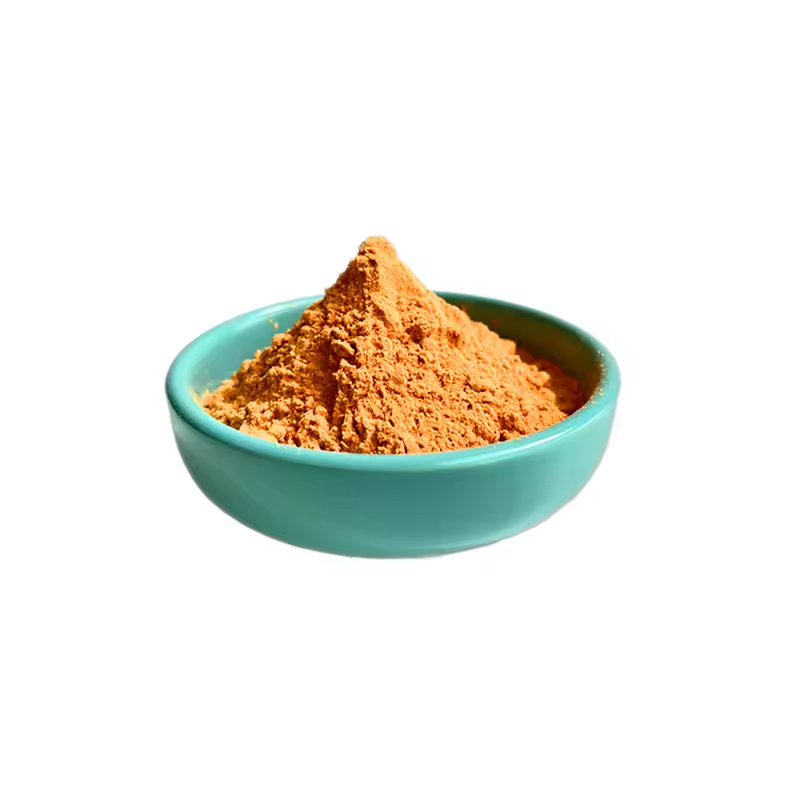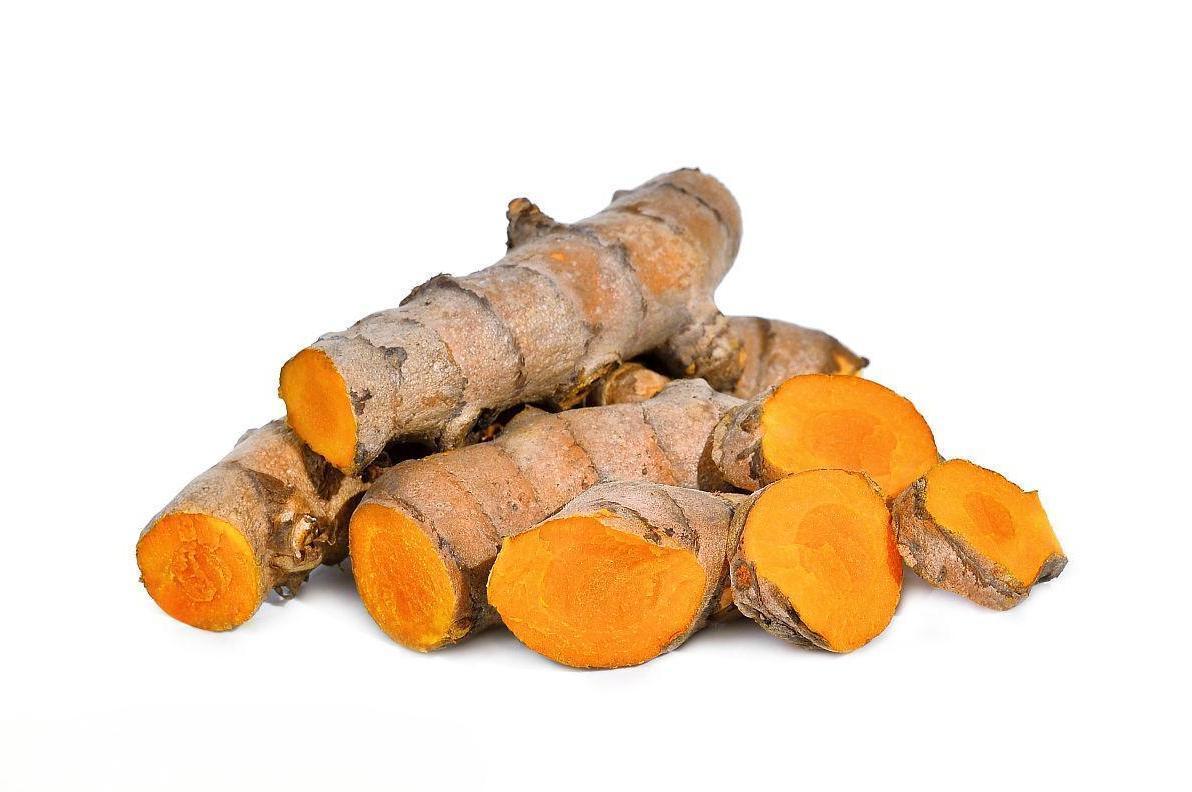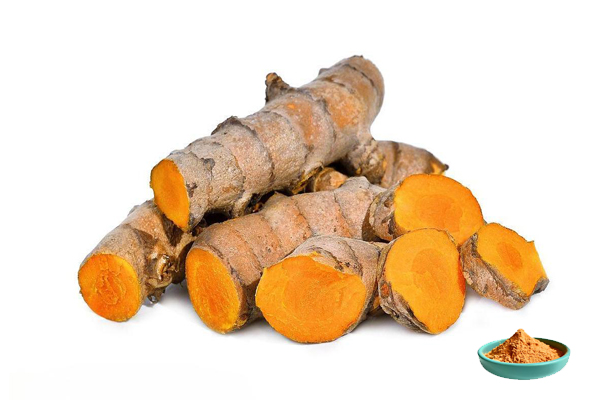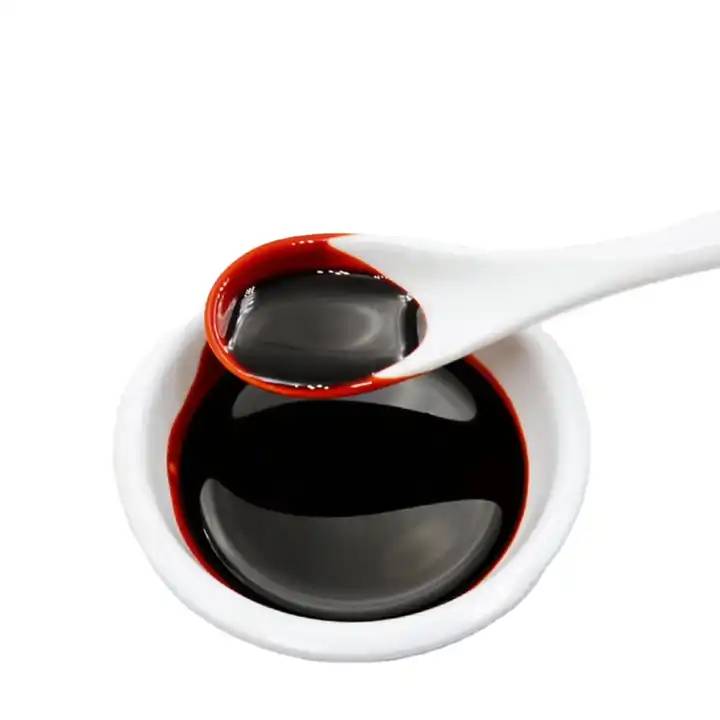Turmeric Root Extract 95% Curcumin
Latin Name:Curcuma Longa L
Source:Turmeric Rhizome
Specification:95%
Testing Method:HPLC
Appearance:Orange Yellow Powder
Pesticide Residue:Comply with (EC) No 396/2005 Standard
- Description
- Data Sheet
- Certificate
-
What is Turmeric Root Extract 95% Curcumin?
Turmeric Root Extract 95% Curcumin refers to a high concentration of total curcumin extracted from turmeric (Curcuma longa L) rhizomes. It contains curcumin, demethoxycurcumin, and double demethoxycurcumin, collectively known as total curcumin. Curcumin is a potent antioxidant with a variety of pharmacological effects, including anti-inflammatory, anticoagulant, hypolipidemic, anti-atherosclerotic, and anti-aging.
Green Spring Technology supplies Turmeric Root Extract 95% Curcumin, it is Curcuma Longa L, the rhizome of Curcuma Longa L, as raw material, through the extraction of organic solvents, and then through the physical method of refinement of the food additives curcumin. Main components: curcumin, demethoxycurcumin, bisdemethylcurcumin. The state is a crystal or crystalline powder, the total curcumin content is ≥95%.
Green Spring is a leading plant extract technology company in China with 24 years of experience in plant extracts. It implements the highest international industry standards, complying with EU EC396, EU 2023/915, and the highest solvent residue standards. Green Spring has obtained Halal, Kosher, COSMOS, BRC, IFS, FDA, ISO, and many other certifications. Authoritative third party test reports are available.
Specification:
Product Name
Turmeric Root Extract
Latin Name
Curcuma Longa L
Source
Turmeric Rhizome
Active Ingredients
Curcumin
Specification
95%
Testing Method
HPLC
Appearance
Orange Yellow Powder
Pesticide Residue
Comply with (EC) No 396/2005 Standard
Regulation:
It conforms to EU regulations.
Discover Our Natural Curcumin Ingredient Ultimate Solution for Your Products.
Looking for a Quotation?Benefits:
Arthritis Relief
Turmeric is very effective in reducing the symptoms of arthritis. It reduces pain and stiffness and improves the quality of life of arthritis sufferers. This is largely attributed to the potent anti-inflammatory effects of curcumin, which reduces the release of inflammatory mediators and lowers pain and inflammation.
Anti-tumour
In vitro and in vivo studies have shown that curcumin can inhibit tumour proliferation by inhibiting the transcription and protein levels of notch receptor-1 (Notch1), nuclear factor-κB (NF-κB), and vascular endothelial growth factor (VEGF), and inhibit the Wnt/β-catenin signalling pathway by up-regulation of microRNA-491 or down-regulation of microRNA-130a, thereby inhibiting the proliferation of cancer cells. thereby inhibiting the proliferation of cancer cells. Dual-specific tyrosine phosphorylation-regulated kinase (DYRK2) is the direct target of curcumin, which can occupy the adenosine triphosphate-binding capsule of DYRK2, inhibit intracellular phosphorylation of 26S proteasome, and reduce the activity of proteasome, thus inhibiting cell proliferation.
Curcumin has also been found to inhibit tumor cell proliferation, migration and angiogenesis by regulating mitogen-activated protein kinase (MAPK) and inhibiting vascular VEGF-induced expression of cyclooxygenase-2 (COX-2) and epidermal growth factor receptor (EGFR). In addition, curcumin is able to induce apoptosis of tumour cells in the mitochondrial pathway through the regulation of the activated cysteine protease Caspase-3, catalase, cohesin and cytochrome C.
Antioxidant
Curcumin is a lipophilic polyphenol containing two o-methoxyphenol groups, two alkenone groups and one ketoenol group in its structure. Curcumin can enter the cell membrane, combine with free radicals to form stable quinones, scavenging intracellular reactive oxygen species, thus inhibiting free radical-mediated lipid peroxidation damage, and can also improve cellular antioxidant capacity by increasing superoxide dismutase (SOD) activity. Curcumin was found to increase the expression of intestinal SOD1, HO-1, CAT and Nrf2 genes, and increase the activity of intestinal glutathione peroxidase (GSH-Px) and total antioxidant capacity (T-AOC), which can improve the antioxidant capacity and protect the intestinal tract from damage.
Antibacterial
Curcumin and its derivatives have antimicrobial effects against Gram-positive and negative bacteria such as Staphylococcus aureus, Streptococcus pneumoniae, Salmonella, Escherichia coli and Helicobacter pylori. It was found by fluorescent probe labeling that curcumin was able to disrupt the cell membrane of S. aureus, causing the leakage of intracellular enzymes, inhibiting the metabolic cycle of the bacteria, leading to the death of the bacteria and exerting an antibacterial effect. In addition, treating curcumin to obtain curcumin derivatives will improve the bacteriostatic effect of curcumin. For example, grafting curcumin onto L-arginine molecules by esterification and amidation reactions using succinic acid as a linker arm to obtain novel L-arginine-based curcumin derivatives can improve curcumin solubility in water and have superior bacteriostatic properties.
In vitro and in vivo tests have revealed that curcumin is effective in alleviating virus-induced infections and symptoms by a mechanism that is mainly based on the binding of curcumin to viral capsid proteins, virus-specific enzymes, or RNA polymerases, which affects and eliminates viral replication, infection, and damage to cells.
Applications:
In the Food Field:
Curcumin is widely used in a variety of food products due to its unique colour and aroma, adding rich colour and flavour to the food. Curcumin can be used in compound seasoning, such as puffed seasoning, hot pot seasoning sauce and other compound seasoning. It can make the seasonings have a unique colour that tends to be pure.
The application of curcumin in noodle products has various advantages, firstly, it has better heat stability and colouring ability, which can make the pasty keep a stable colour and prolong the product stability. Secondly, under acidic conditions, the acid-resistant property of curcumin can make the pasty colour more bright and stable. At the same time, adding curcumin in different proportions can make the pastry show various colours such as egg yellow, golden yellow, orange and so on.
-
Download
Turmeric Root Extract 95% Curcumin COA


 English
English French
French Spanish
Spanish Russian
Russian Korean
Korean Japanese
Japanese













